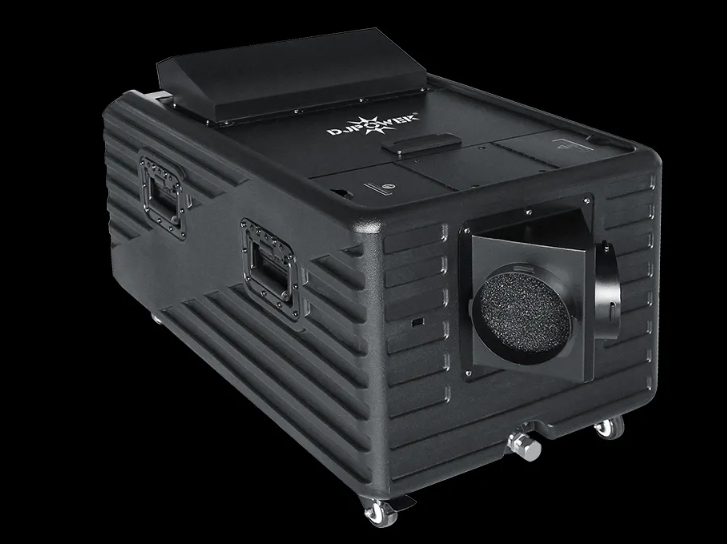1. The importance of infrared lenses
The lens is an indispensable part of the thermal imaging camera. Its function is to focus the infrared radiation of the target on the infrared detector, and after photoelectric conversion and image processing, a good contrast image is finally formed. The quality of the infrared lens largely determines the performance of the infrared camera.
2. Factors to Consider When Choosing an IR Lens
1. Band
Infrared lenses should be specially designed according to their operating band to optimize their performance. The infrared materials used in infrared lenses of different wavelengths are also different.
2. Vignetting
Generally speaking, IR lenses do not allow vignetting. For the lens used in the infrared cooling detector, if the lens has vignetting, it cannot meet the 100% cold aperture efficiency design principle, and the stray radiation will affect the performance of the infrared thermal imager.
3. Focal length and field of view
Infrared lenses are usually identified by their focal length. As the focal length increases, the field of view of the lens narrows. Conversely, as the focal length decreases, the field of view widens.
Infrared lenses can generally be divided into single-field lenses, multi-field lenses, and continuous zoom lenses. Since the infrared continuous zoom lens can realize target search and continuous tracking of targets at different distances, it has been widely used in many fields.
4. F-number
The F-number of the infrared lens determines how much radiant energy from the target enters the thermal imager. The smaller the F-number, the larger the size of the infrared lens at the same focal length.
5. Transmittance
Most infrared materials have a high refractive index, and the Sunny lenses in the infrared lens need to be coated with a high-efficiency anti-reflection coating to increase the transmittance of the infrared lens. As the number of lenses in the lens increases, the light transmittance of the lens gradually decreases.
6. no heating
Since the refractive index of infrared materials varies greatly with temperature, when the ambient temperature changes, the Athermalized Lens will produce corresponding defocusing. The infrared lens also adopts active and passive methods to achieve athermalization to ensure the focal position of the lens when the temperature changes. Do not move.


没有评论:
发表评论